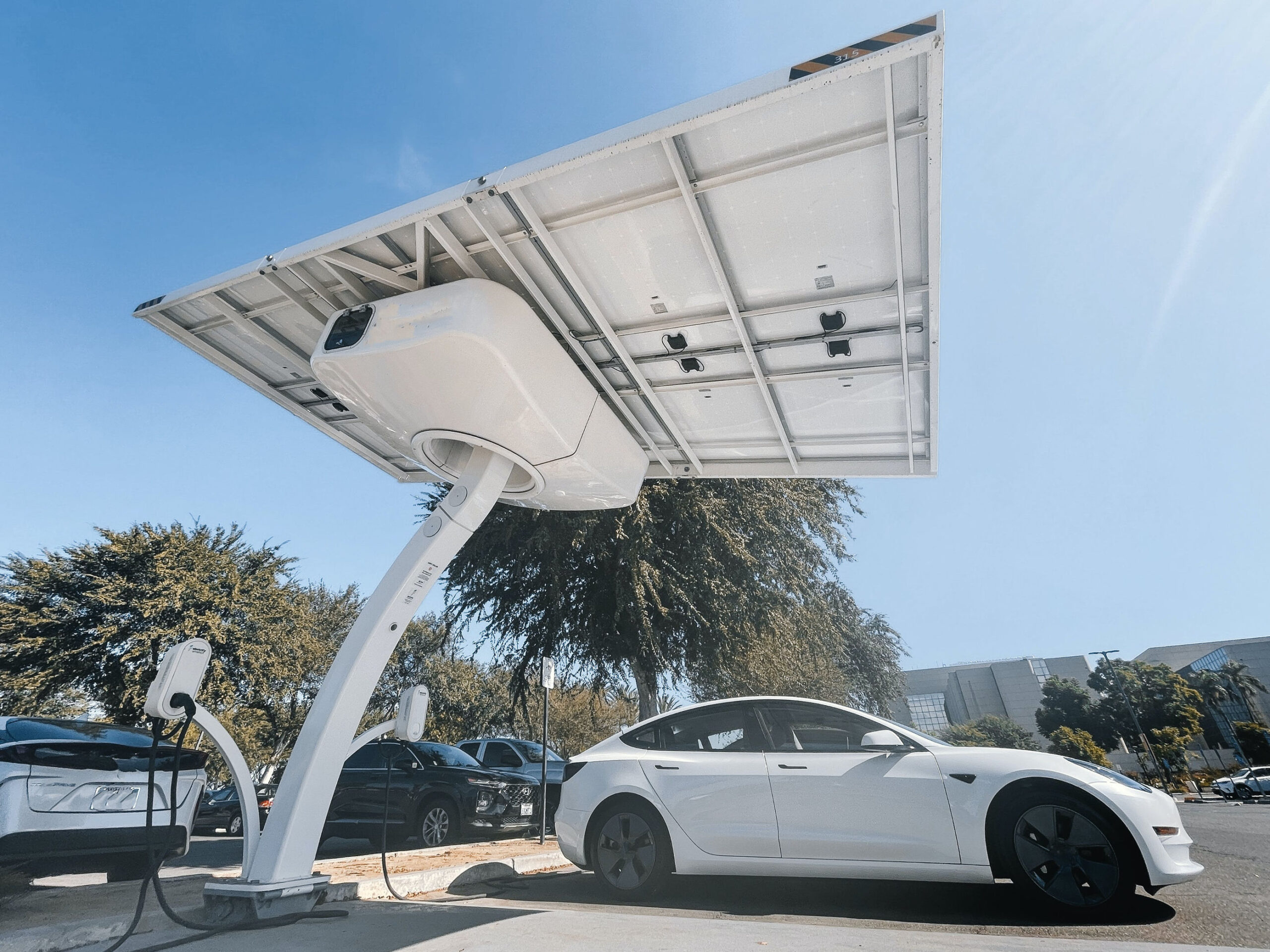Introduction:
As the world embraces the era of electric mobility, the integration of wireless charging technologies has emerged as a pivotal innovation in the electric vehicle (EV) industry. With the promise of convenience and efficiency, wireless charging is redefining the landscape of EV charger application solutions. This article explores the future of wireless charging technologies and their profound implications for the development of EV charger applications. By examining the latest advancements, challenges, and opportunities, we unravel the transformative potential of wireless charging in shaping the future of electric mobility.
The Evolution of Wireless Charging Technologies:
Wireless charging, often referred to as inductive charging, has undergone significant advancements in recent years. From the early stages of pad-based charging to the development of resonant inductive coupling and radio frequency-based technologies, the evolution of wireless charging has facilitated the seamless and efficient transfer of energy to EVs without the need for physical connectors. The integration of electromagnetic fields and resonant circuits has enabled the transmission of power over short to medium distances, marking a significant leap forward in the evolution of electric vehicle charging solutions.
Enhancing User Convenience and Accessibility:
The integration of wireless charging technologies in EV charger application solutions has the potential to revolutionize the user experience. By eliminating the need for physical plug-ins, wireless charging offers unparalleled convenience and accessibility, providing EV owners with a hassle-free and user-friendly charging experience. Moreover, the seamless integration of wireless charging infrastructure in public spaces, parking lots, and residential areas fosters the widespread adoption of electric vehicles, addressing the range anxiety concerns of potential EV buyers.
Improving Charging Efficiency and Energy Transfer Rates:
One of the key advantages of wireless charging technologies is their ability to optimize charging efficiency and energy transfer rates. Through the use of advanced electromagnetic induction and resonance coupling techniques, wireless chargers can deliver power to EVs at high speeds, rivaling the performance of traditional wired charging systems. This enhanced charging efficiency not only reduces the overall charging time but also contributes to the optimization of energy utilization, fostering a more sustainable and eco-friendly approach to electric vehicle charging.
Also read: Blockchain for business
Overcoming Technological Challenges and Infrastructure Limitations:
While the potential of wireless charging technologies for EVs is promising, several technological challenges and infrastructure limitations need to be addressed to ensure their seamless integration into the electric mobility ecosystem. Efficient power transfer over longer distances, standardization of charging protocols, and compatibility with different EV models are among the critical challenges that necessitate collaborative efforts among industry stakeholders, policymakers, and technology developers. Establishing interoperability standards and investing in robust infrastructure development are vital steps in overcoming these hurdles and fostering the widespread adoption of wireless charging solutions.
Implications for EV Charger Application Solutions:
The integration of wireless charging technologies in EV charger application solutions heralds a new era of innovation and transformation in the electric mobility sector. EV charger application solutions can leverage the advancements in wireless charging to develop user-centric interfaces, enabling EV owners to locate, reserve, and pay for charging services seamlessly. Real-time monitoring of charging sessions, integration with navigation systems, and personalized charging recommendations are some of the key features that can be incorporated into EV charger applications to enhance the overall user experience and promote the adoption of wireless charging technologies.
Furthermore, the implementation of smart grid integration and energy management systems in EV charger applications can optimize the utilization of renewable energy sources and contribute to the development of sustainable charging ecosystems. By enabling dynamic load management and demand-response capabilities, EV charger applications can support the efficient distribution of power and promote the use of clean energy, thereby reducing the carbon footprint associated with electric vehicle charging.
The Road Ahead: Innovations and Collaborations Shaping the Future of Wireless Charging:
Looking ahead, the future of wireless charging technologies in the electric vehicle industry is defined by continuous innovations and collaborative initiatives aimed at addressing the evolving needs and challenges of the electric mobility landscape. Interdisciplinary collaborations between technology providers, automotive manufacturers, and energy sector leaders are essential in driving the development of standardized wireless charging infrastructure and fostering a supportive regulatory framework that encourages the widespread deployment of wireless charging solutions.
Moreover, ongoing research and development efforts focused on enhancing the efficiency, safety, and scalability of wireless charging technologies will pave the way for the commercialization of next-generation charging solutions that cater to the diverse requirements of electric vehicle owners. The convergence of artificial intelligence, Internet of Things (IoT), and wireless charging technologies holds the key to unlocking new possibilities and creating a sustainable, interconnected, and user-centric electric mobility ecosystem.
Conclusion:
In conclusion, the integration of wireless charging technologies in the realm of EV charger application solutions represents a paradigm shift in the way electric vehicles are charged and powered. By offering unparalleled convenience, charging efficiency, and sustainability, wireless charging technologies have the potential to redefine the future of electric mobility, driving the transition towards a cleaner, more accessible, and interconnected transportation infrastructure. Embracing the opportunities presented by wireless charging and fostering a collaborative approach among industry stakeholders will be crucial in realizing the full potential of this transformative technology and creating a sustainable future for electric mobility.

